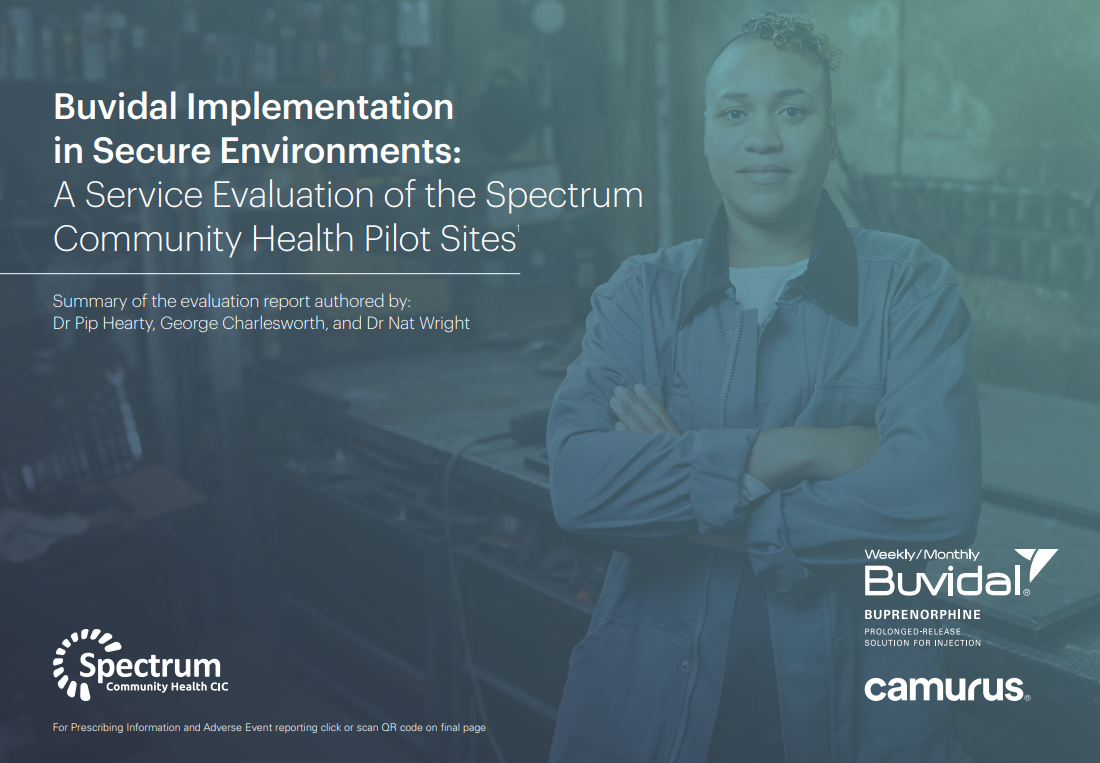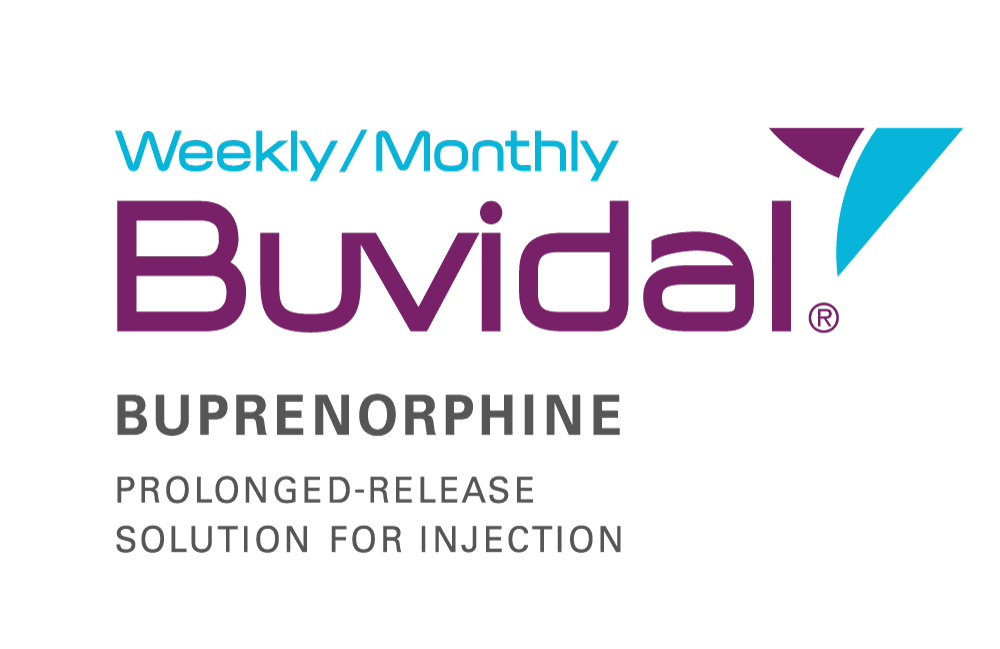Buvidal within secure settings
An Alternative Choice
Up to a half of prisoners are thought to be addicted to drugs of some form1 and one third are thought to have a serious drug dependence issue.2
Despite high numbers of people engaging in opioid dependence treatment in secure settings, data suggests that less than 40% complete treatment successfully.3
Risk of diversion with oral forms of buprenorphine has tended to limit choice for patients in the prison setting.4,5
With Buvidal, patients have an alternative option, bringing treatment more in line with clinical guidelines that promote choice.

More information can be found in the Spectrum Service Evaluation Summary
Helping prison healthcare providers implement Buvidal
Our team are available to support service providers and healthcare teams introduce Buvidal within the secure environment. We provide training, resources and advice on all aspects of implementation including:
- Business case development
- Commissioning
- Project planning
- HCP and keyworker training
- Medical information support
Download our Project Planning Tool which gives step-by-step guidance on key things service providers may need to consider when implementing Buvidal in the secure setting.
Project Planning Tool

